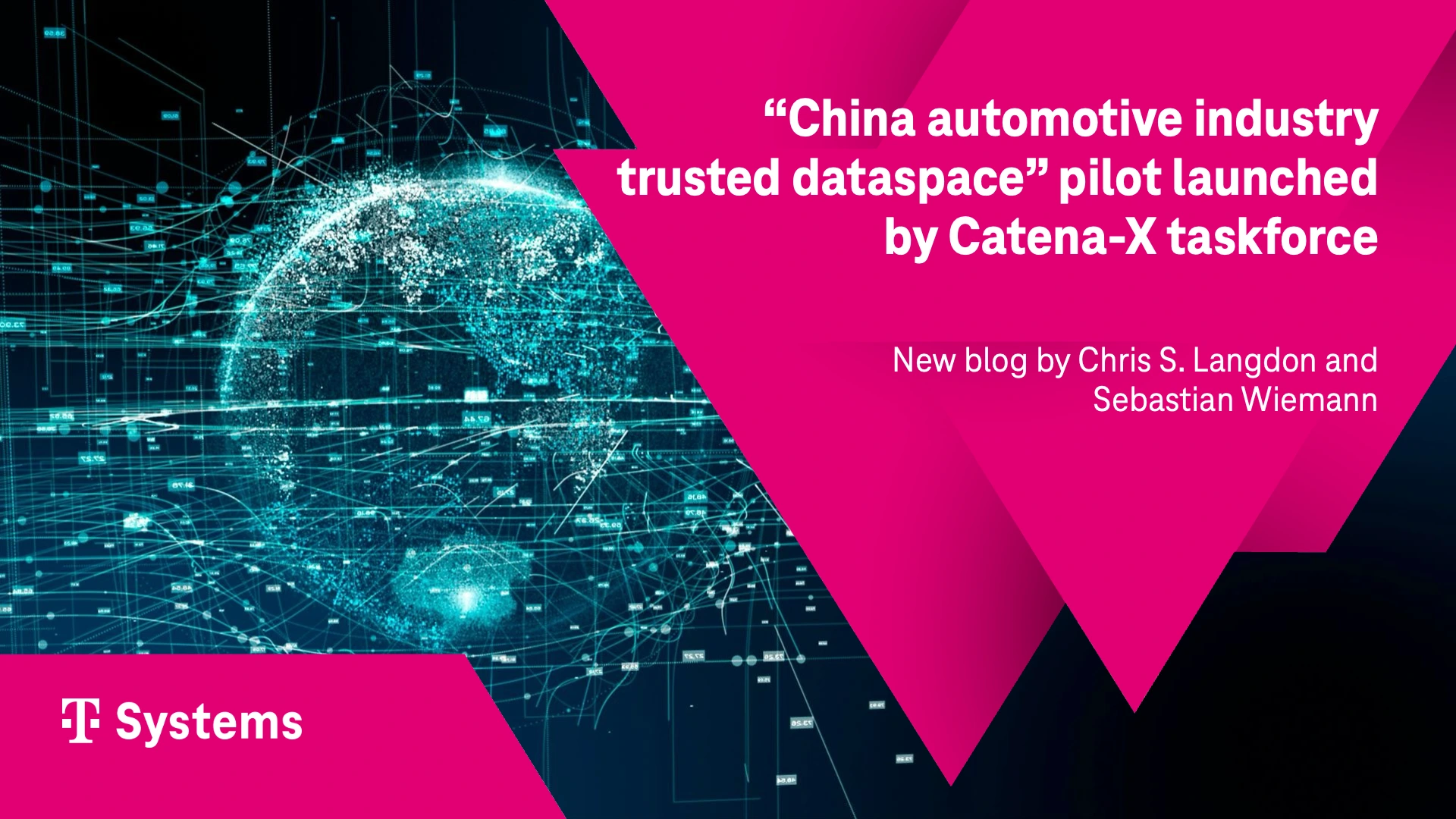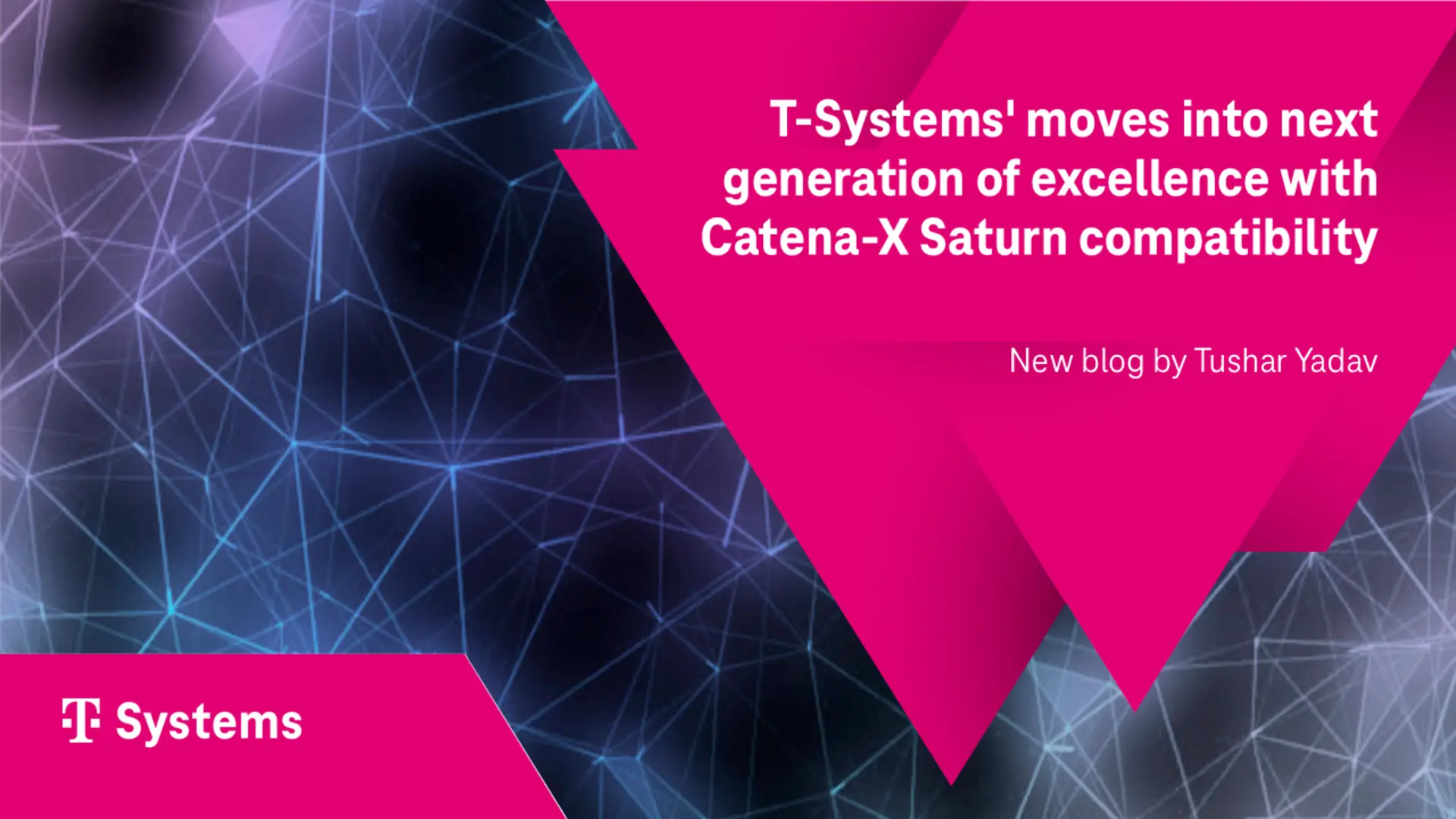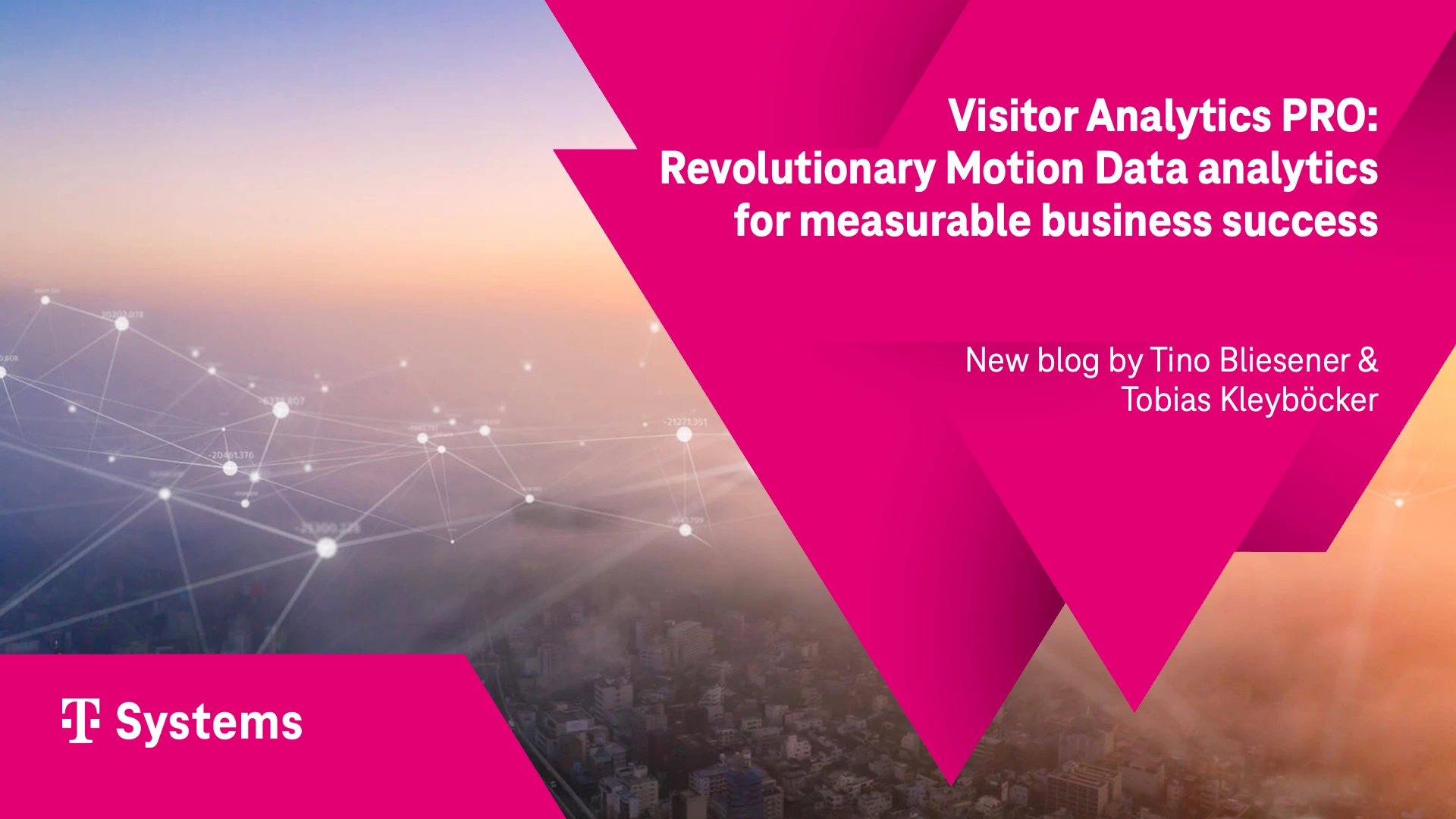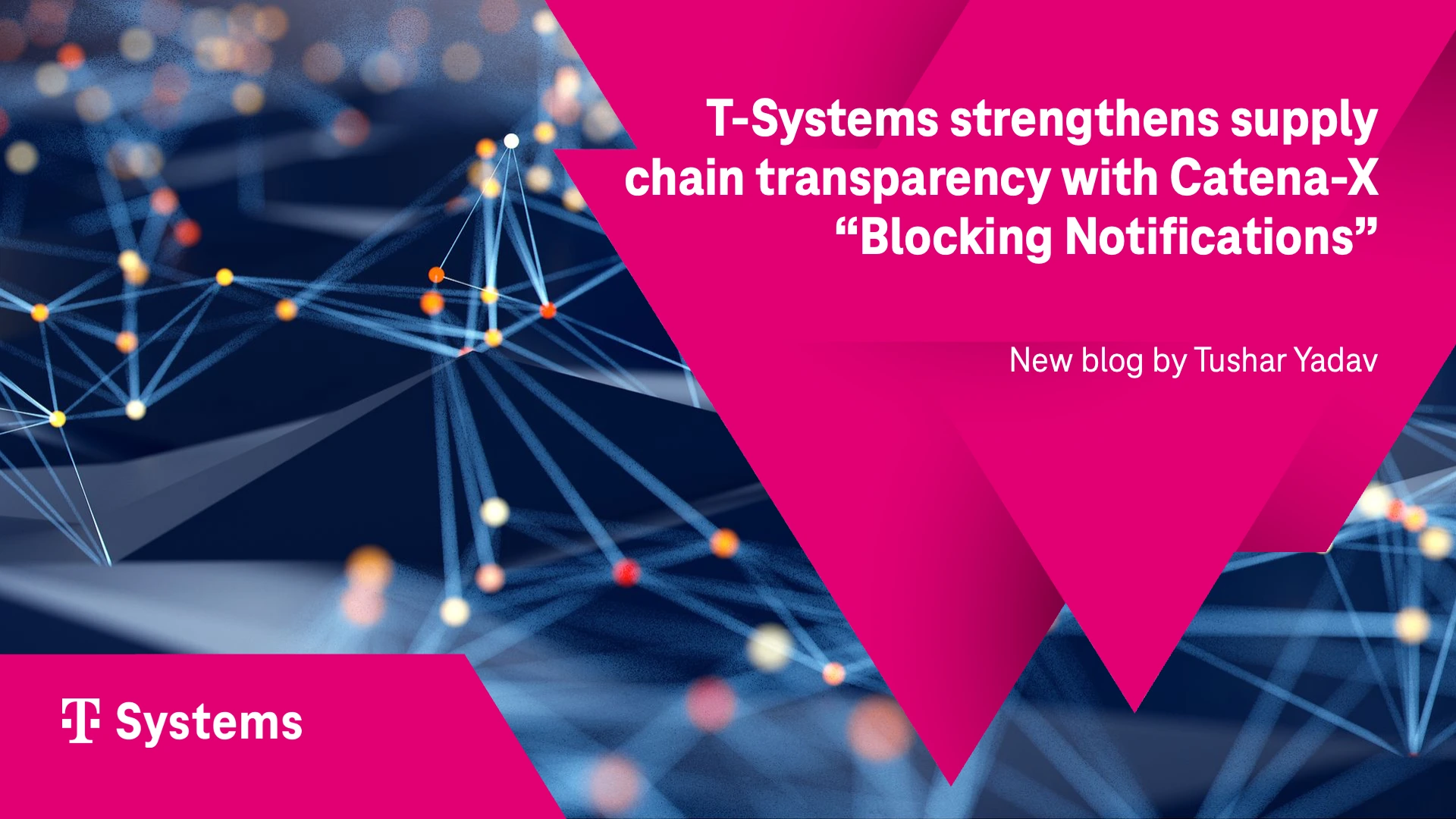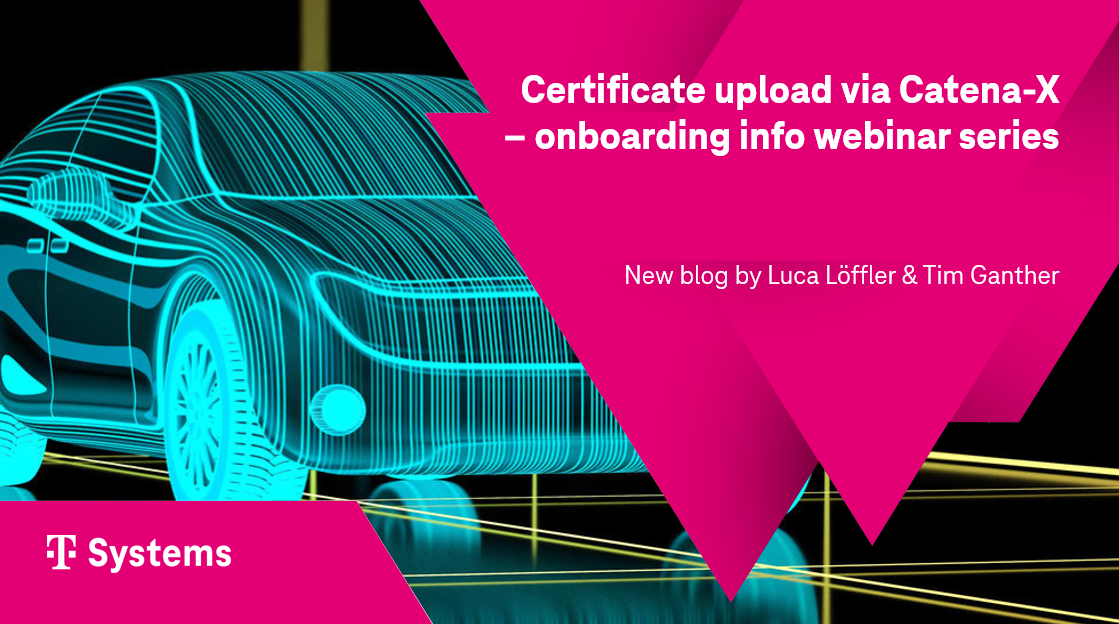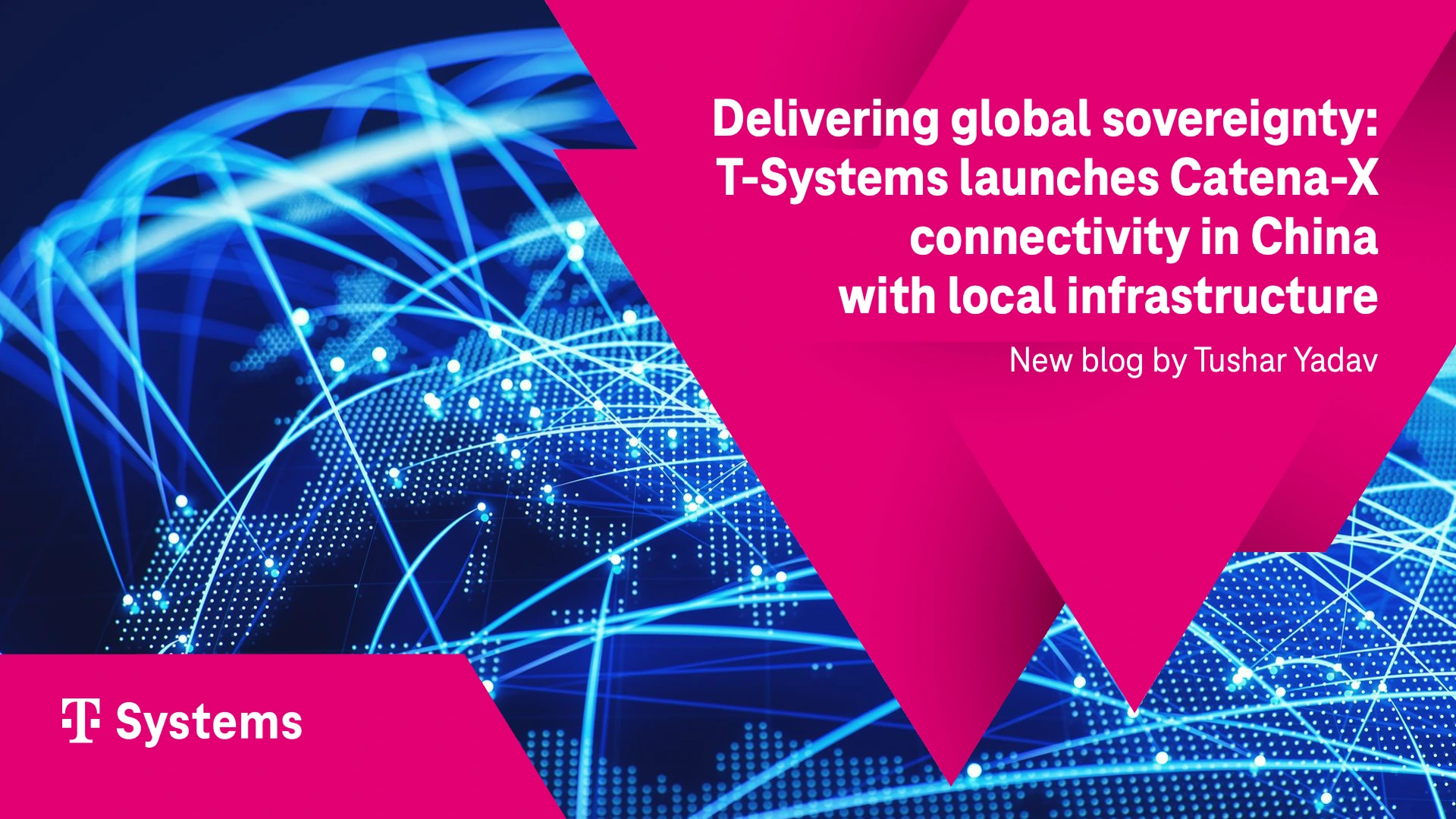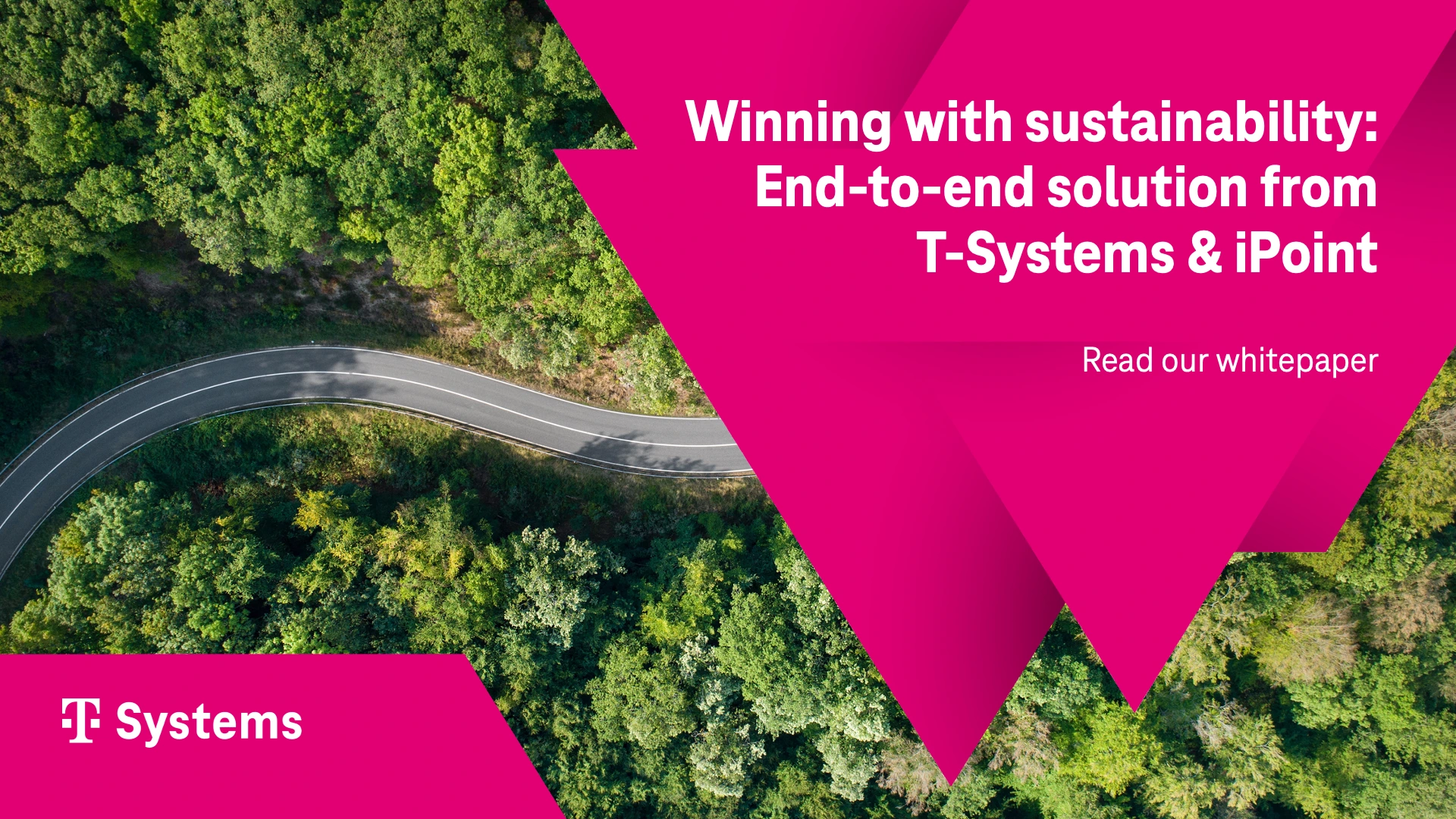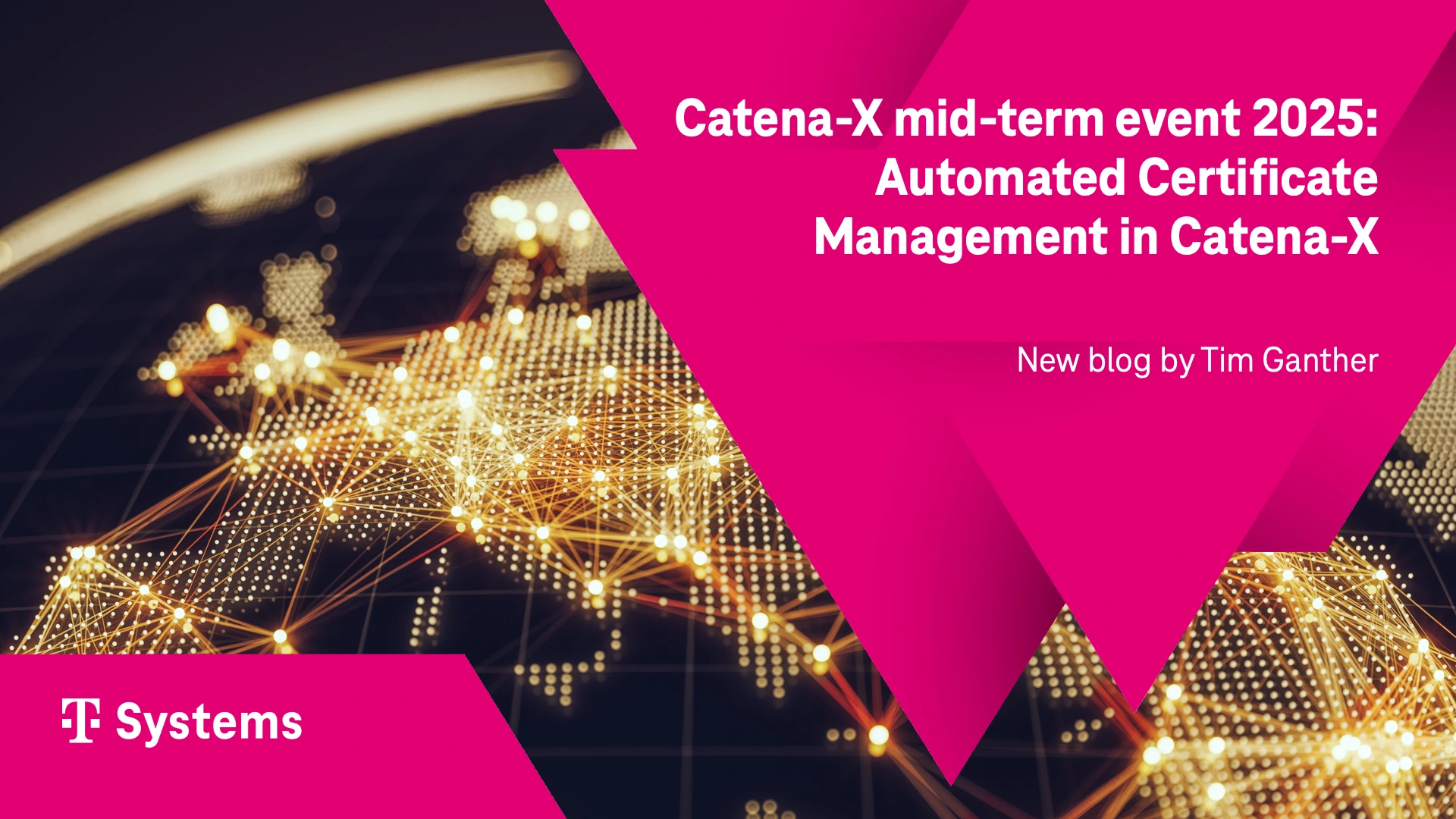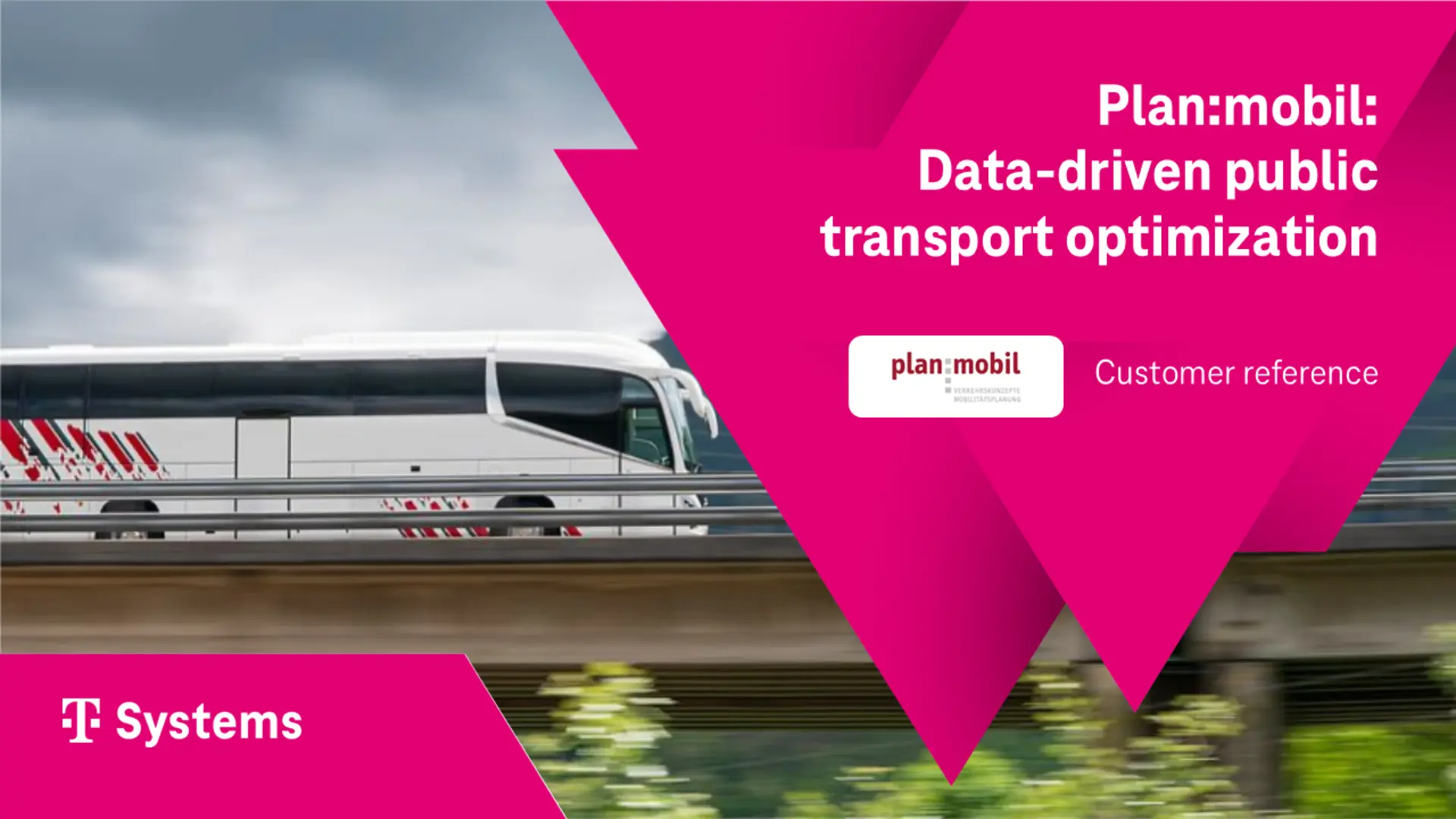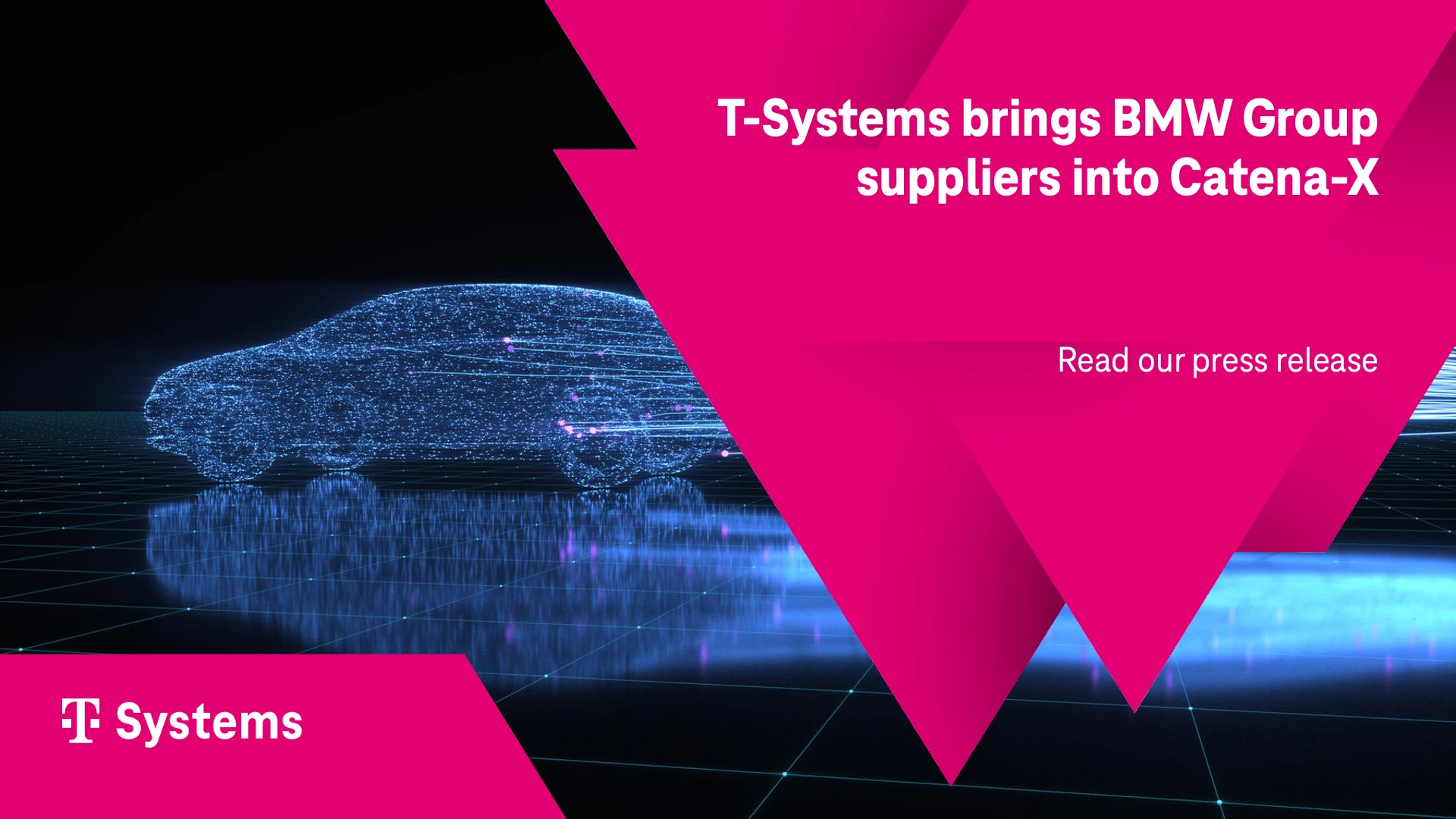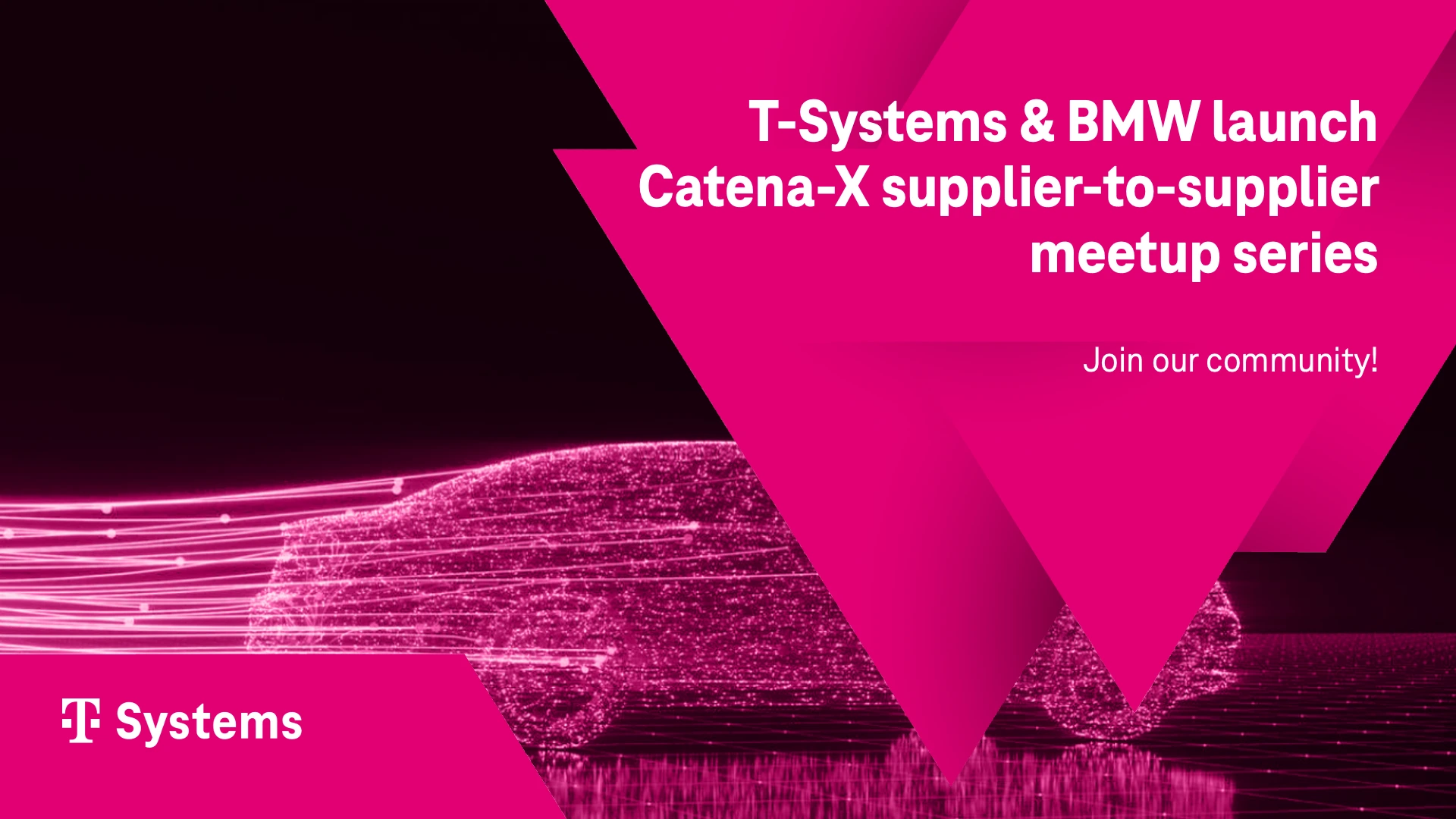Boost for mobility dataspace from Chancellor Merkel
The German federal government is building the foundation of a mobility dataspace or MDS. This was announced at the “Autogipfel” car industry summit in September 2020 by Federal Chancellor Angela Merkel (CDU) with car industry bosses and the governors of key car-making states (Delhaes 2020, link). The objective is for players in the car industry to share data with each other in order to keep the sector competitive. Other data providers could be public transport companies such as bus and rail services, as well as providers of new, shared mobility services such as car-sharing or electric scooter rentals. By the end of 2021 at the latest, this mobility cloud is to go live as part of the Acatech Mobility Dataspace initiative funded by the Federal Ministry of Transport (mobility dataspace, MDS, link).
From data lakes to federated data with the International Dataspaces (IDS) standard
As with modern just-in-time manufacturing, e.g., in today’s car industry, a dataspace allows data to be accessed on demand. On the one hand, this solves the problem posed by floods of data. Data may not have to be stored centrally. On the other hand, it helps when there’s not enough data: The dataspace enables data to be acquired from third parties while allowing the third party to retain data sovereignty, or the rights to the data. IDS technology can be used for this. According to Prof. Langdon, Mobility Dataspace & Analytics Executive at Deutsche Telekom IoT, this is a bit like a parking space with a modern parking meter that can be controlled using an app. The parking space and meter operator – the holder of the rights – can immediately tell when the parking time has expired and send a traffic warden to the space to issue a fine.
Dataspace advantage #1: Topping up when random samples are too small
Companies like Amazon, Facebook, and Google have proven it is possible to create a scalable, profitable business model based on data collection and analysis. These companies convert raw data into data products for AI-based applications that in turn help end customers to shop even more easily (Amazon purchase recommendations), to keep in touch with friends (Facebook facial recognition and photo tagging), and to navigate the world (Google context search). By contrast with these hyperscalers, many stragglers are failing to access the data volumes needed to feed the very deep learning neural network algorithms that enable text/image/video analyses, and in doing so are missing out on the added value from those data. A dataspace could provide a remedy here, in that, like a gas station, it would be possible to top up your own random sample with data from third parties.
Dataspace advantage #2: “Uberization” and new, networked business concepts
Many mobility ideas, which provide advantages by linking existing services and infrastructure, require data from all those involved. Uber is one example. Another example is intermodal travel, or the use of a combination of different modes of transport to ensure a seamless journey from A to B, like using an electric scooter for the final leg of the journey after travelling on the subway (Schlueter Langdon 2020). In the case of Uber, the success in orchestrating a journey from A to B depends on data from the traveler, the driver and the traffic and weather conditions. For “Uberization”, all parties – traveler, driver and cities – must exchange data in almost real-time. The same goes for intermodal mobility: data sharing is key. The problem is obvious: Some modes of transport are competing with each other (public local transport, ride-hailing, taxi, electric scooter, etc.). This means that some service providers are competitors and do not trust each other. They are all fighting for the customers and the customer data (more on intermodal mobility in our series on “Mobility Analytics”, link). This is where our work calls for the IDS standard. IDS is a DIN SPEC standard, which is intended to make data sharing easier, so that data sovereignty can be retained (Otto et al. 2019). Or, in the words of Prof. Schlueter Langdon: “IDS allows parties that don’t trust each other to trust a particular data transaction.”
Short Webinar on IDSA Mobility Community (20 minutes)
In a video keynote at the “Connected Vehicles” Frenus Virtual Event, Prof. Schlueter Langdon from Deutsche Telekom IoT presents the new Mobility Community of the International Dataspaces Association (IDSA), link: Mobility is stuck and we believe IDS can make a difference. We would like to invite you to think about becoming an active member of the IDSA mobility dataspace community. Mobility is a hot topic, particularly since the coronavirus crisis began. How can we accommodate micromobility such as electric scooters and ebikes? How can we make seamless intermodal mobility from point A to point B possible in densely populated urban areas? Different platforms from local (public transport operators such as the BVG, Berlin’s transport company, and Hamburger Hochbahn), European (e.g., Sixt and Tier), and global providers (e.g., Uber and Lyft) have been wooing customers in cities for years without resulting in any new integrated offers to date. Instead, cities are seeing more of the same: more traffic, more pollution, and more noise. However, recently, open standards such as IDS have emerged as a chance to break the stalemate. Instead of creating yet another platform, a standard such as IDS could offer a means to link existing platforms, to enable symbiotic win-win relationships where the whole could be greater than the sum of its parts.
Short webinar on intermodal mobility with dataspaces (10 minutes)
In a video keynote at the Startup Autobahn Expo, Prof. Schlueter Langdon and Nadine Oehrlein from T-Systems International report on the launch of an intermodal field test with dataspace technology, link. They provide a look behind the scenes of Telekom mobility data analytics research, which is currently being undertaken in Hamburg at the “Reallabor” real-world laboratory of Hamburger Hochbahn for the National Platform for the Future of Mobility (NPM, link), particularly the use of the International Dataspaces standard (IDS, DIN Spec. 27070) for the new European GAIA-X hypercloud. Mobility is potentially a billion-euro opportunity, but data issues pose a major obstacle. Think about Uber, which profits from reusing existing assets, such as other people’s cars, and even drivers. Uber’s capital is not tied up in cars like at Car2Go/ShareNow. Instead, the company invests in data orchestration to enable its service offering. Urban transport holds huge potential, where empty seats dramatically outnumber occupied ones – most commuters travel alone, and many buses stay empty for long periods of the day. This poses the question of how these empty seats can be filled. The solution is simple in theory: Use data to match demand with service offerings, like Uber … or Google’s auctions for advertising slots. It’s much more complicated than that in practice. In short, data often don’t speak the right language and don’t use the same metrics (think Celsius versus Fahrenheit) … and some players don’t even talk to each other, such as competitors trying to protect their customer relationships (Schlueter Langdon & Sikora 2020). We will take a quick look at the value offered by intermodal mobility and how it can be unlocked using data.
Find out more:
- “Welcome to “dataspaces”: Storage is secondary – IT Director interview”, link.
- “Mobility Analytics,” our series on the digital transformation of mobility: #1 -#5, link.
- National Platform for the Future of Mobility (NPM) and GAIA-X: “Mobility with IDS: Adding the “N” in NPM to RealLab HH,” link.
- RealLabHH Official English website, link.
References
Delhaes, D. 2020. Merkel urges automotive Groups: BMW, Daimler and VW to share data. Handelsblatt (2020-10-28), link
Otto, B., S. Steinbuß, A. Teuscher, S. Lohmann, et al. 2019. Reference Architecture Model Version 3.0. International Dataspaces Association, Berlin, link
Schlueter Langdon, C. 2020. Quantifying intermodal mobility: A parsimonious model and simulation. Working Paper (WP_DCL-Drucker-CGU_2020-06), Drucker Customer Lab, Drucker School of Management, Claremont Graduate University, Claremont, CA, link
Schlueter Langdon, C., and R. Sikora. 2020. Creating a Data Factory for Data Products. In: Lang, K. R., J. J. Xu et al. (eds). Smart Business: Technology and Data Enabled Innovative Business Models and Practices. Springer Nature, Switzerland





